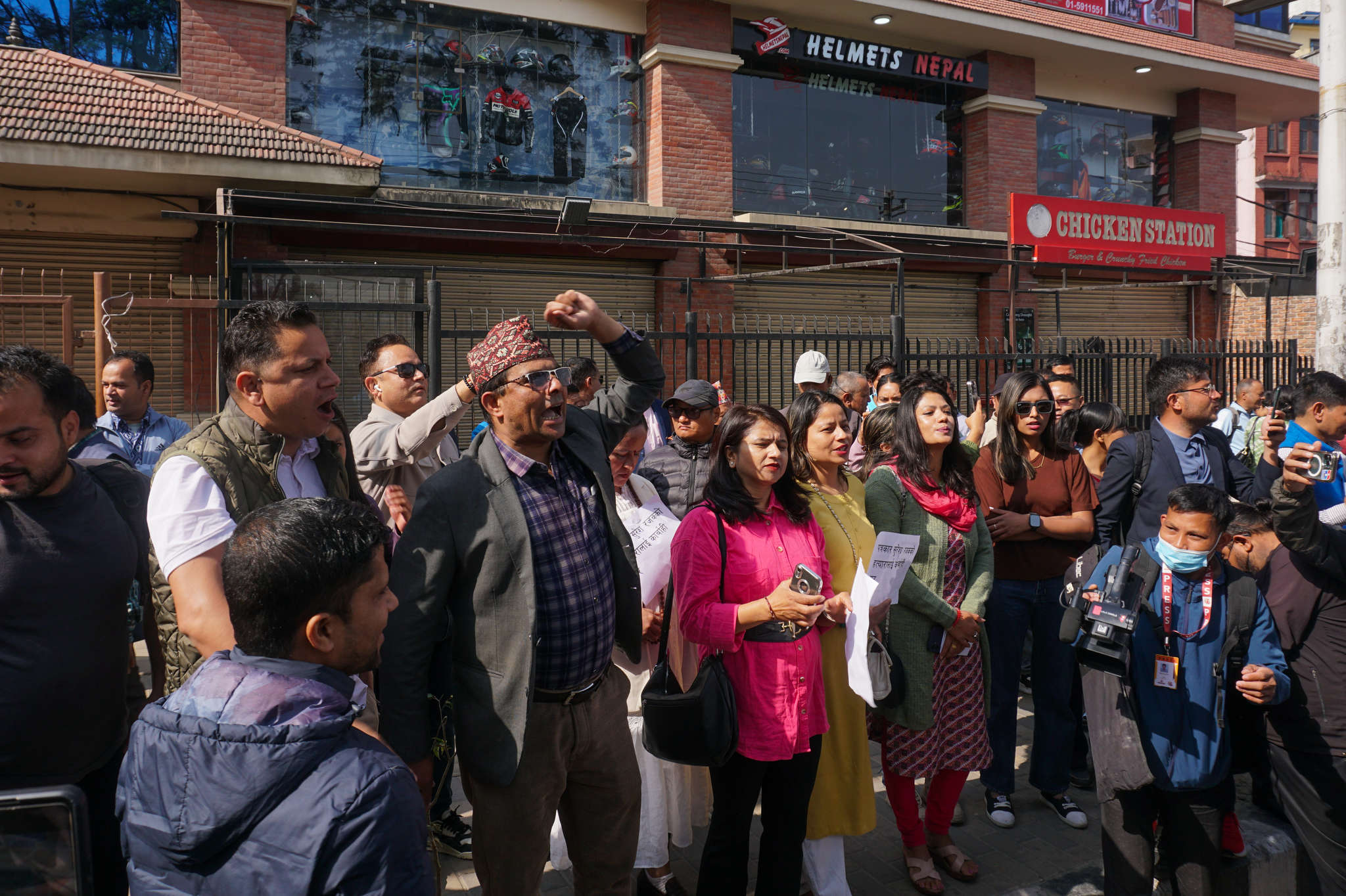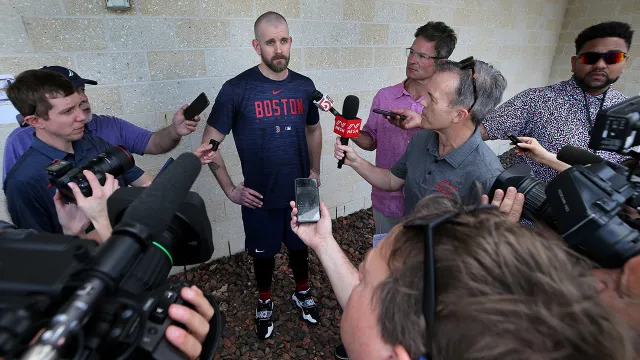
Erosion of Press Freedom in Nepal: A Deepening Crisis
September 30, 2025
How Israel’s “Digital Army” Suppresses Truth in Gaza: A Critical Overview
October 8, 2025A Pew Research Center survey of nearly 12,000 U.S.–based journalists sheds light on how reporters’ backgrounds influence which topics—or “beats”—they cover.
Key Demographics & Roles
- Among “reporting journalists” (those whose titles include reporter, anchor, correspondent, photojournalist, etc.), 51% are men, 46% are women.
- 76% of all journalists surveyed identified as White; 8% Hispanic, 6% Black, 3% Asian.
- About 34% of reporting journalists are freelancers or self-employed, while roughly two-thirds are full- or part-time staff at news organizations.
Beat Assignment Patterns
The report finds that gender, race, and employment status correlate with which beats journalists report on:
- Women are more likely to cover health, education, and social issues & policy. In fact, women make up nearly two-thirds of those covering health and education.
- Men dominate beats such as sports (only ~15% women in that beat), and they are more represented in government/politics and science & technology coverage.
- White journalists are heavily overrepresented in many beats. For example, they account for 84% of those covering environment & energy.
- Asian journalists—though a smaller share overall—appear in no beat at more than ~7%.
Implications & Context
These disparities hint at systemic divides within newsrooms: certain beats become associated with gender or racial norms, rather than pure editorial judgment. The result is that some voices and perspectives are less likely to contribute to public debate on specific topics.
While many journalists say their organizations prioritize diversity and inclusion, the lived experience diverges: in a separate Pew analysis, fewer than half of women journalists said their newsrooms treated employees equally regardless of gender.
In sum, the Pew report underscores that newsroom diversity isn’t just about hiring; it’s also about power, assignment, and narrative control. As coverage shapes civic insight, who gets to tell which stories becomes part of media equity itself.
Reference –

